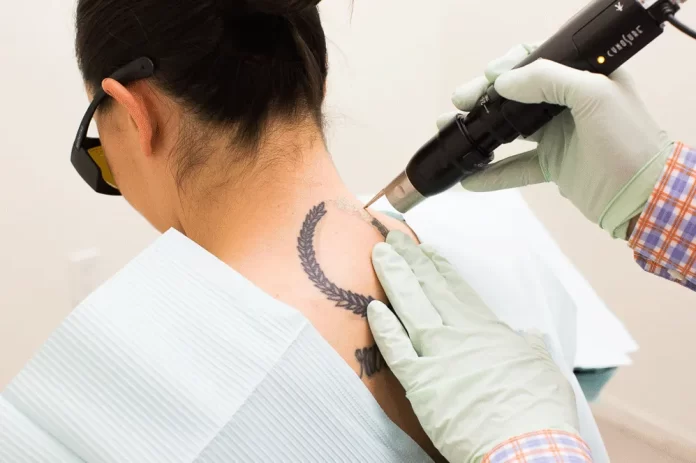Tattoos have been a form of self-expression for centuries, but life is unpredictable, and what was once meaningful may become a burden. This is where tattoo removal steps in, particularly laser tattoo removal, which has gained popularity due to its effectiveness. While many aspects of the tattoo removal process are discussed, there are certain lesser-known aspects that deserve attention.
1. It’s a Journey, Not a Quick Fix
One of the misconceptions about tattoo removal, especially laser removal, is that it’s a one-and-done process. In reality, tattoo removal is a gradual journey. The laser breaks down the tattoo ink into smaller particles, which are then absorbed and eliminated by the body’s immune system. Multiple sessions are usually required for significant fading or complete removal, spaced several weeks apart. This journey requires patience and commitment, as the final results may take several months to become fully apparent.
2. The Number of Sessions Varies
The number of sessions needed for laser tattoo removal varies widely based on factors such as tattoo size, ink colors, skin type, and the depth of the tattoo. While some tattoos may fade after just a few sessions, others might require more than ten sessions to achieve the desired results. It’s essential to consult with a professional to get a personalized estimate and set realistic expectations.
3. Tattoo Colors Matter
Los Angeles laser tattoo removal works by targeting specific ink colors with different wavelengths of light. Dark colors like black and dark blue tend to respond better to laser treatment, while lighter colors such as yellow and pastels can be more challenging to remove. Multi-colored tattoos often require a combination of lasers to effectively break down the various pigments. Therefore, the complexity of the tattoo’s color palette plays a significant role in the removal process.
4. Discomfort is Part of the Process
While the focus is often on the effectiveness of laser tattoo removal, the discomfort associated with the procedure is an aspect that’s not always highlighted. The sensation during treatment can vary from person to person, with some describing it as feeling like a rubber band snap or the prick of hot grease. Fortunately, many clinics offer numbing creams or cooling techniques to make the process more bearable. It’s important to communicate your comfort level with the practitioner to ensure a better experience.
5. Aftercare Is Crucial
The importance of post-treatment care is often underestimated. After each laser session, the treated area is sensitive and susceptible to infection. Proper aftercare involves keeping the area clean, applying ointments as prescribed, and avoiding activities that could irritate or damage the skin. Sun protection is also crucial, as sun exposure can hinder the healing process and increase the risk of complications.
6. Patience Is Key to Healing
After a laser session, the immediate results might not be what you expect. Swelling, redness, and even blisters can occur, but they typically subside within a few weeks. However, the complete fading of the tattoo takes time as your body gradually removes the fragmented ink particles. It’s essential to be patient and allow your body to heal naturally between sessions.
Conclusion
Laser tattoo removal is a remarkable advancement that provides individuals with a way to bid farewell to unwanted tattoos. However, it’s vital to approach the process with realistic expectations. Multiple sessions, the influence of tattoo colors, discomfort, aftercare, and patience all play significant roles in the journey to tattoo-free skin. If you’re considering tattoo removal, particularly laser removal, remember that it’s not just about erasing ink; it’s about embracing a transformative process that requires time, effort, and a partnership with a skilled professional.

